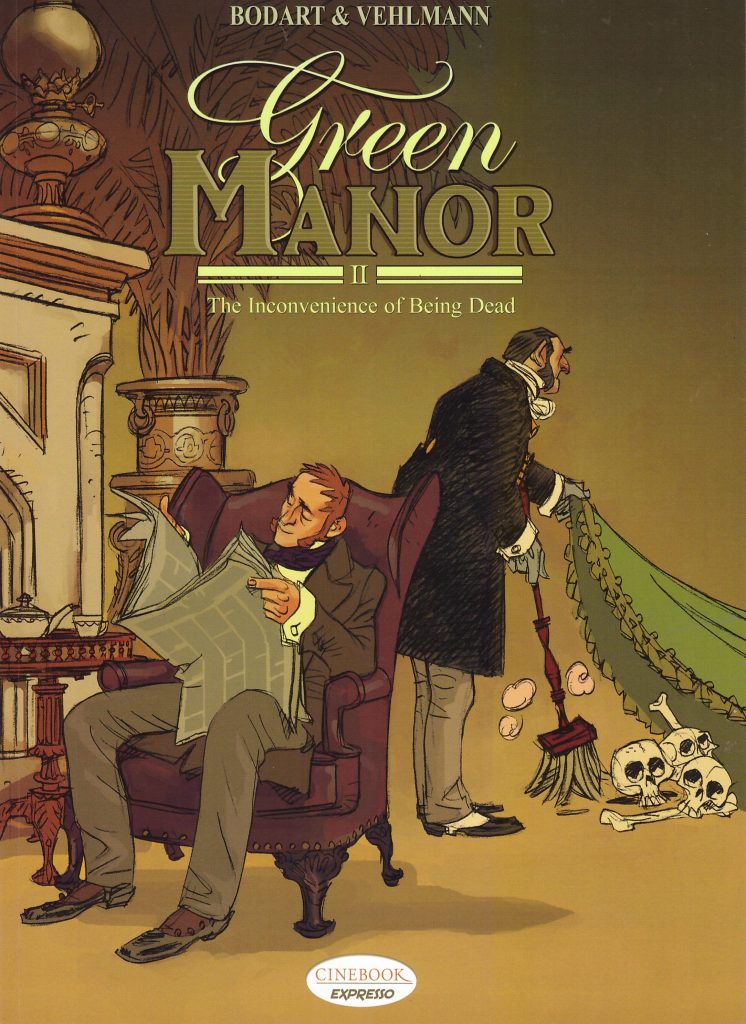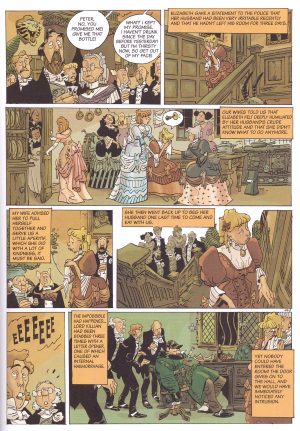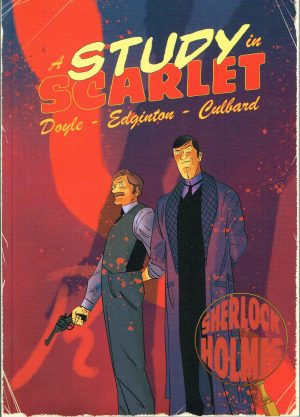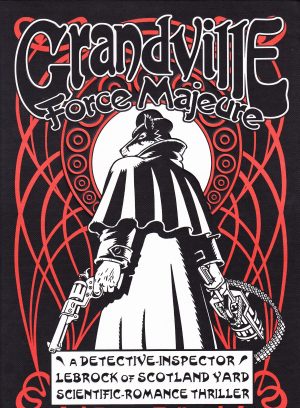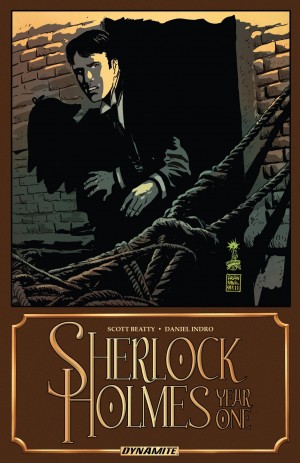Review by Ian Keogh
Despite being a creative success, Fabien Vehlmann and Denis Bodart only produced three volumes of Green Manor, and Cinebook combine the second and third in The Inconvenience of Being Dead.
There’s no change to a winning formula, but this is a better selection than Assassins and Gentlemen. Green Manor is a British gentleman’s club of the Victorian era, venue of choice for a selection of the wealthy upper class, seemingly every one of them an amoral rogue. Vehlmann’s seven page stories are cleverly contrived crime dramas, sometimes character studies, sometimes procedural as we’re drawn into the investigation, and sometimes we know just fine who’s responsible and we’re hoping they’ll get their just desserts.
Every story is illustrated with an adroit exaggerated cartoon touch by Bodart. He’s a fantastic artist, whose distinctive looking cast almost drip character, and deserves even more credit for his great period detail. It can pass you by when embroiled in the stories, but look at the costumes and fittings on the sample page. It takes a particular artist to include the coal scuttle, and very few of the people drawn are bystanders. Most have a role to play.
The piece providing the sample art examplifies Green Manor at its best. The club members are out for dinner at one of their colleagues’ houses. He’s heard arguing with his wife, whom the other wives have to comfort after the disagreement. When she returns to ask her husband one final time to come down for dinner he’s discovered to be dead, a knife in his chest. As the club contains some of the finest analytical minds in London, we’re treated to a succession of speculations as to how this might have occurred, ranging from the possible to wild and fanciful. On the final page Vehlmann drops his superb plot bomb, so attuned to the era in revealing what actually happened.
Because Vehlmann weaves his stories around baser motivations like greed or twisted ambition, while others concern all-consuming guilt or suspicion, they’re timeless exercises. However, whether Vehlmann’s inspiration was sapping or total immersion breeds familiarity, a few of the later stories are more predictable, although they still entertain because there’s an eccentricity to the cast and the narration. As with the first volume, the question arises whether the stories would be better as serious period dramas with the comedy touches removed. Bodart’s cartooning is excellent, but mood-defining. Either way, there’s more than enough gruesome fun to wallow in, and some great surprises.
